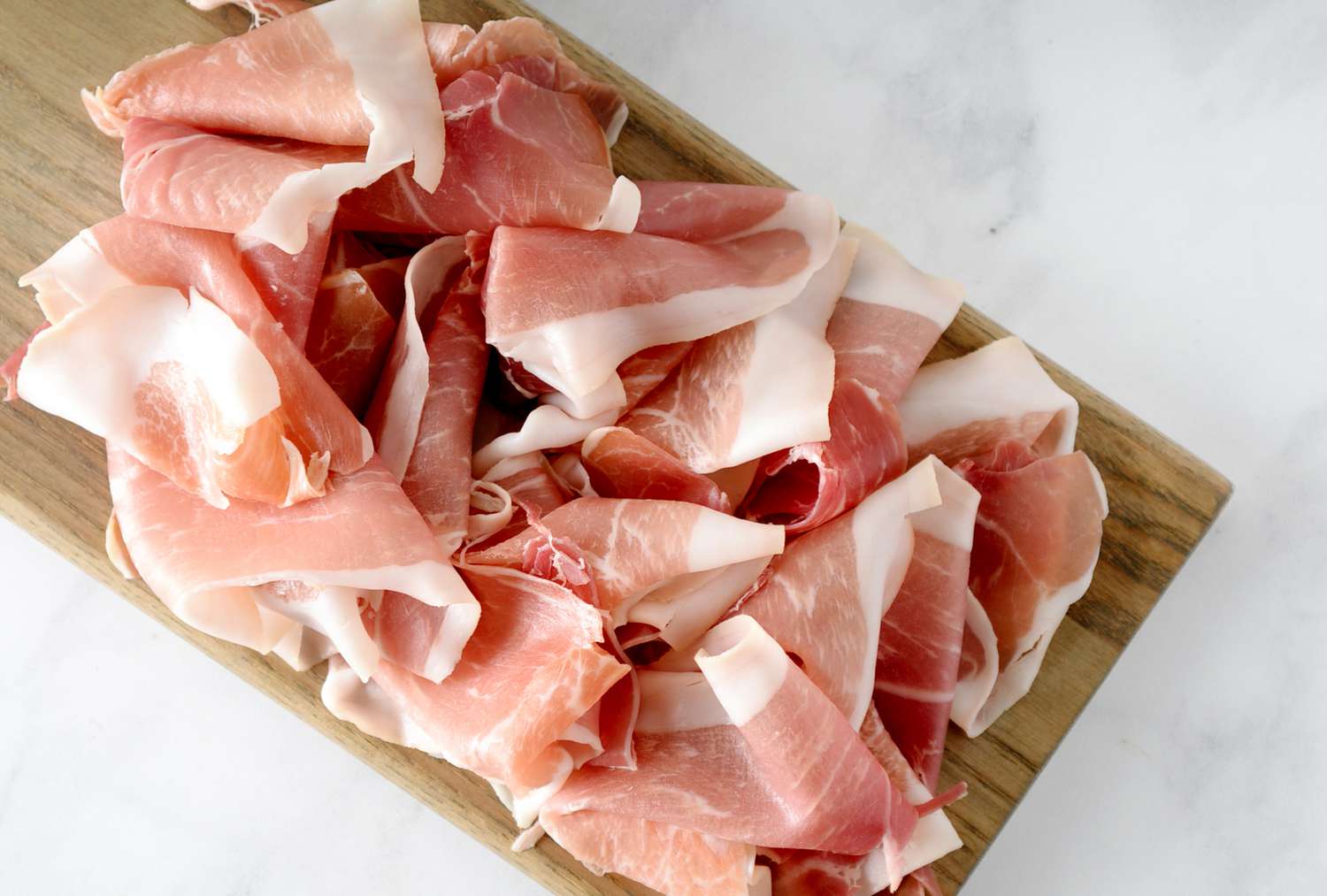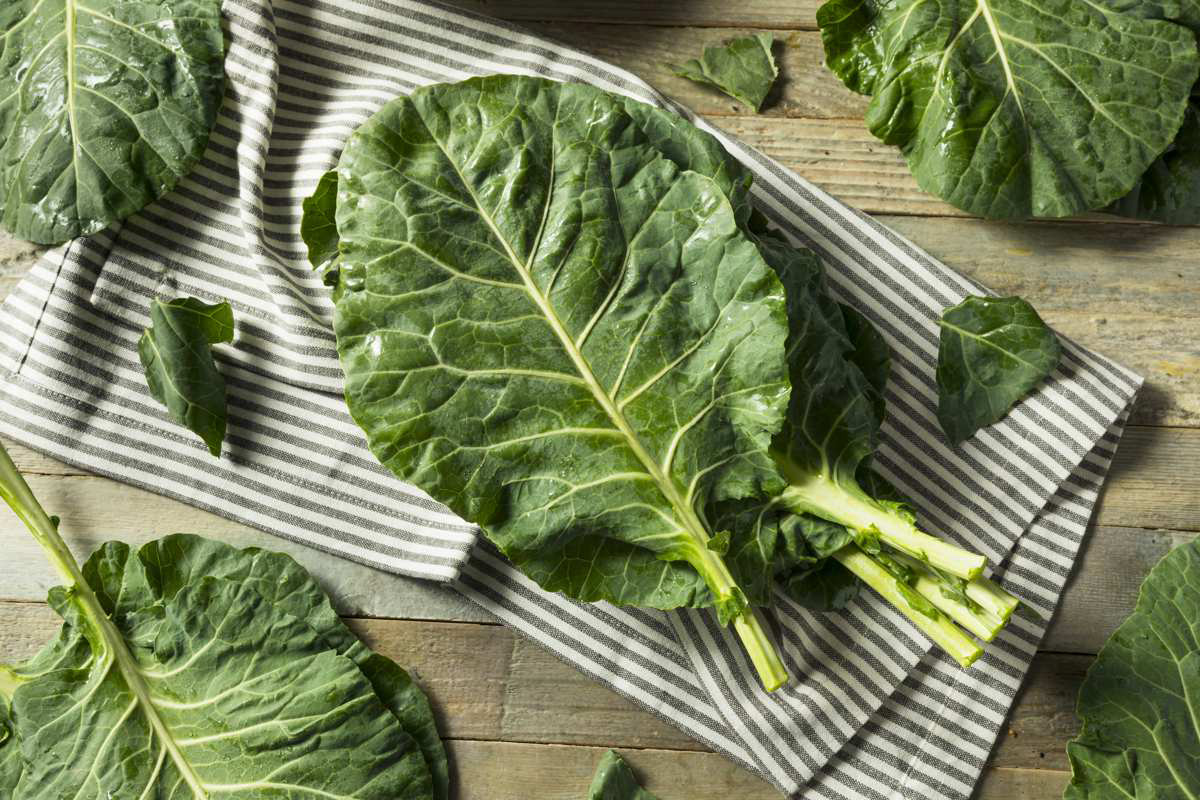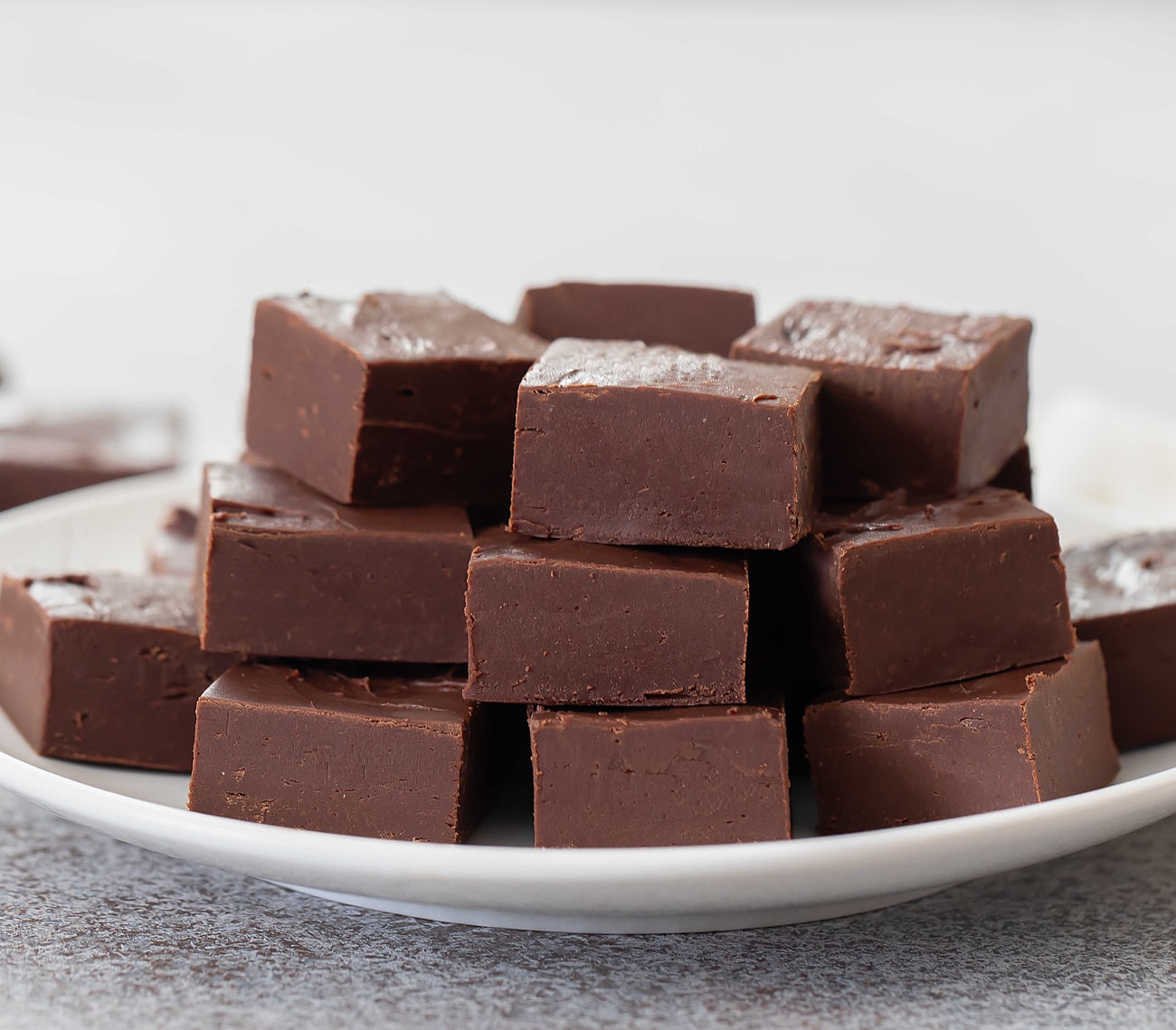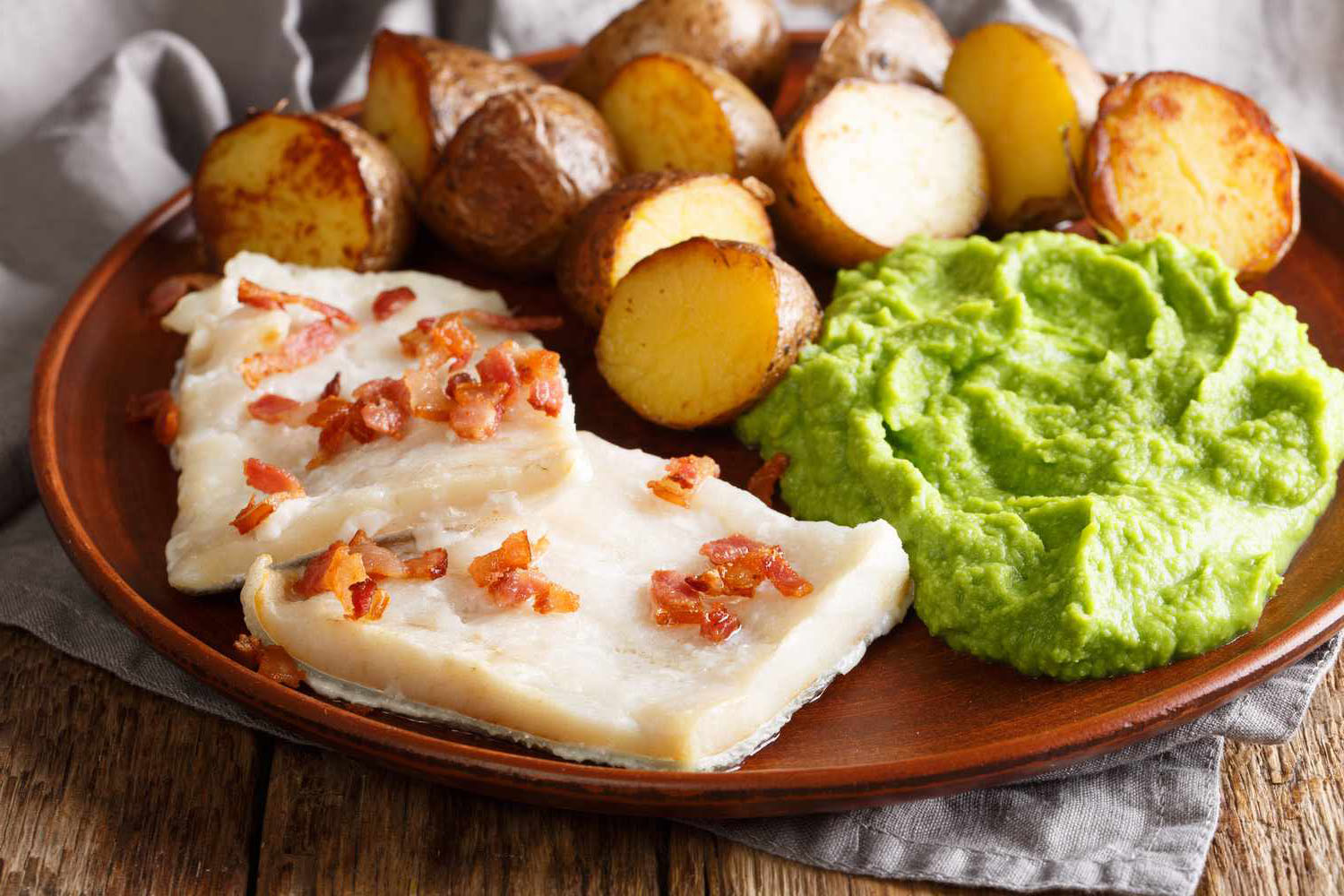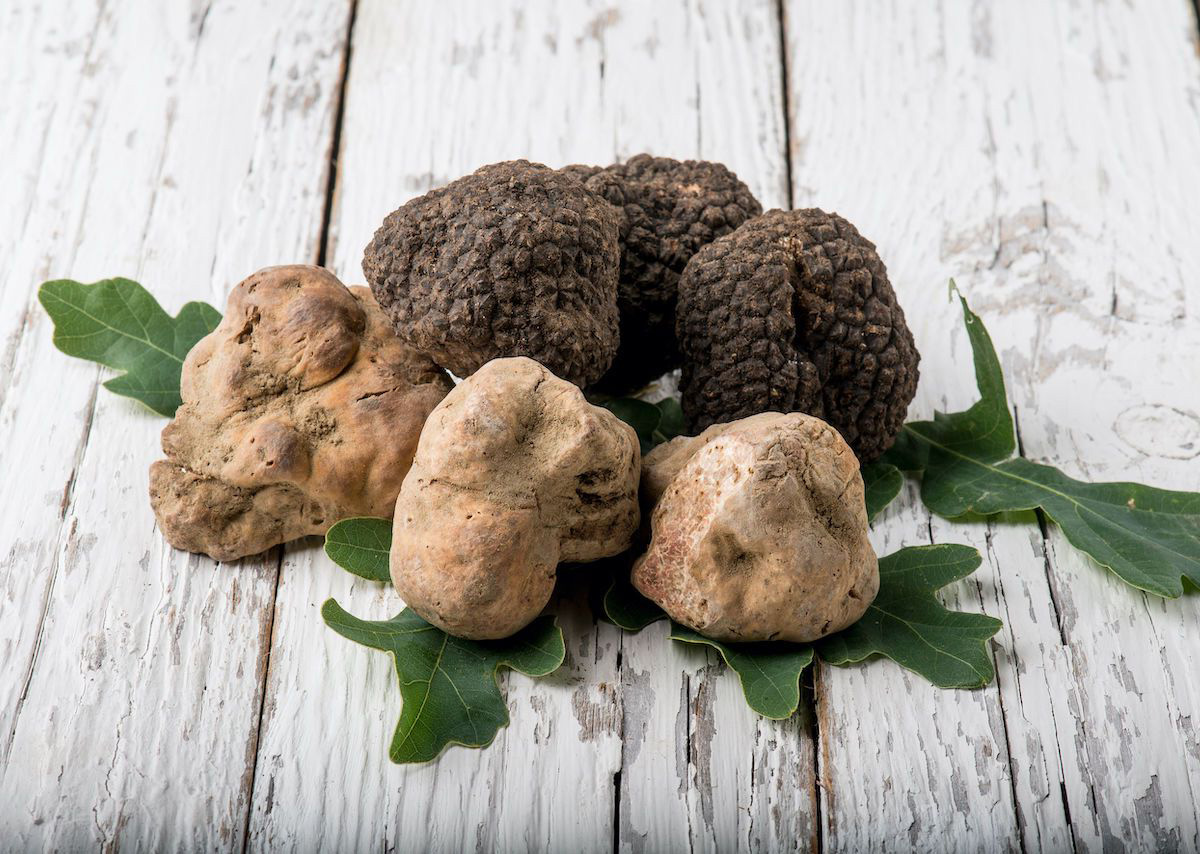When it comes to delicious and flavorful cheeses, Gorgonzola is a standout choice. This Italian cheese is renowned for its rich taste and creamy texture, making it a popular option for cheese lovers around the world. In this article, we'll explore what Gorgonzola is, its history, how it's made, and some delicious ways to enjoy it.
What is Gorgonzola?
Gorgonzola is a type of blue cheese that hails from Italy. It is named after the town of Gorgonzola in the northern region of Lombardy, where it is believed to have originated. This cheese is easily recognizable by its characteristic blue-green veins, which are created by the introduction of Penicillium mold during the aging process. The mold gives Gorgonzola its distinctive tangy flavor and pungent aroma.
History of Gorgonzola
The history of Gorgonzola dates back to the Middle Ages, with some sources suggesting that it has been produced since at least the 9th century. Over the centuries, the cheese-making techniques have been refined, leading to the creation of the Gorgonzola cheese we know and love today.
How is Gorgonzola Made?
The production of Gorgonzola involves a few key steps that contribute to its unique taste and texture:
-
Milk Selection: Gorgonzola is traditionally made from cow's milk, which is sourced from local dairy farms.
-
Curd Formation: The milk is heated and curdled using rennet, a natural enzyme. Once the curds have formed, they are cut and drained to separate them from the whey.
-
Mold Introduction: The curds are then transferred to molds, where Penicillium mold spores are added. This mold is responsible for the development of the characteristic blue-green veins in the cheese.
-
Aging: After molding, the cheese is aged in a controlled environment for several weeks to several months. During this time, the mold develops and the flavors mature, resulting in the distinct taste of Gorgonzola.
Types of Gorgonzola
There are two main types of Gorgonzola:
-
Gorgonzola Dolce: This variety is young and creamy, with a milder flavor compared to its aged counterpart. It is aged for around 2 to 3 months, resulting in a softer texture and a less intense taste.
-
Gorgonzola Piccante: Aged for a longer period, typically around 6 months or more, Gorgonzola Piccante has a stronger, more pungent flavor. Its texture is crumbly and the blue veining is more pronounced.
Enjoying Gorgonzola
Gorgonzola is a versatile cheese that can be enjoyed in a variety of ways:
-
On a Cheese Board: Serve Gorgonzola alongside other cheeses, fruits, and nuts for a delightful cheese board experience.
-
In Salads: Crumble Gorgonzola over a bed of fresh greens, along with some walnuts and a drizzle of balsamic vinaigrette for a delicious salad.
-
In Pasta Dishes: Gorgonzola adds a rich and creamy element to pasta dishes. Try it in a classic Gorgonzola and walnut sauce for a decadent meal.
-
Paired with Wine: Gorgonzola pairs beautifully with sweet wines such as Port or dessert wines, creating a delightful flavor combination.
In Conclusion
Gorgonzola is a beloved cheese with a rich history and a distinctive flavor profile. Whether enjoyed on its own or incorporated into various dishes, this Italian cheese never fails to impress. Its creamy texture and bold taste make it a favorite among cheese enthusiasts, and its versatility in the kitchen ensures that there are endless ways to savor its deliciousness. So, the next time you're looking for a cheese that packs a flavorful punch, consider reaching for a piece of Gorgonzola.
Was this page helpful?
Read Next: What Is Crab Stick Roll

